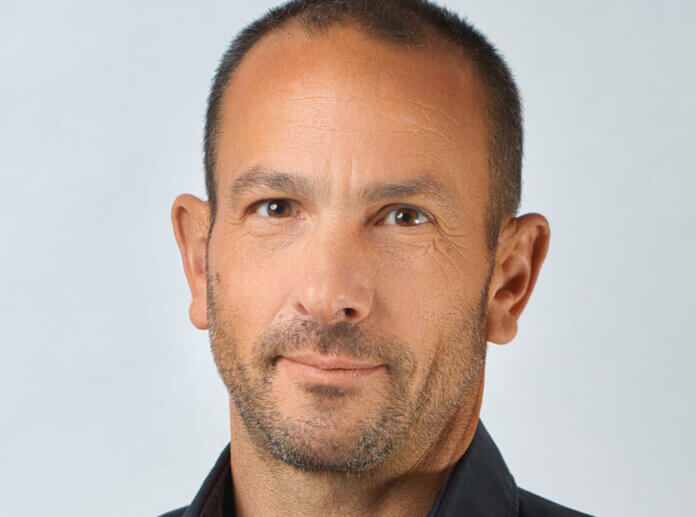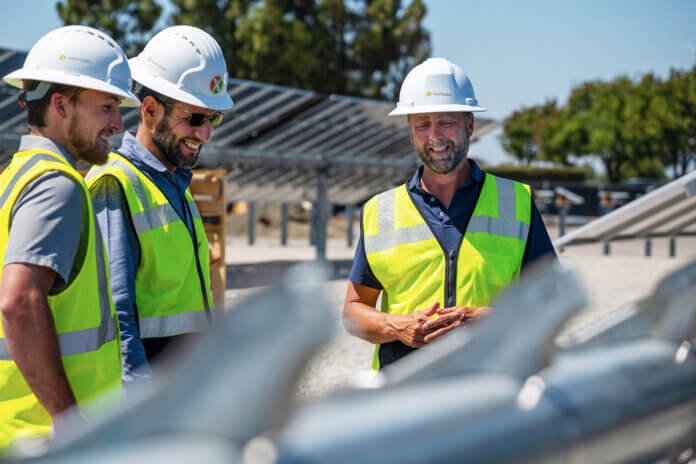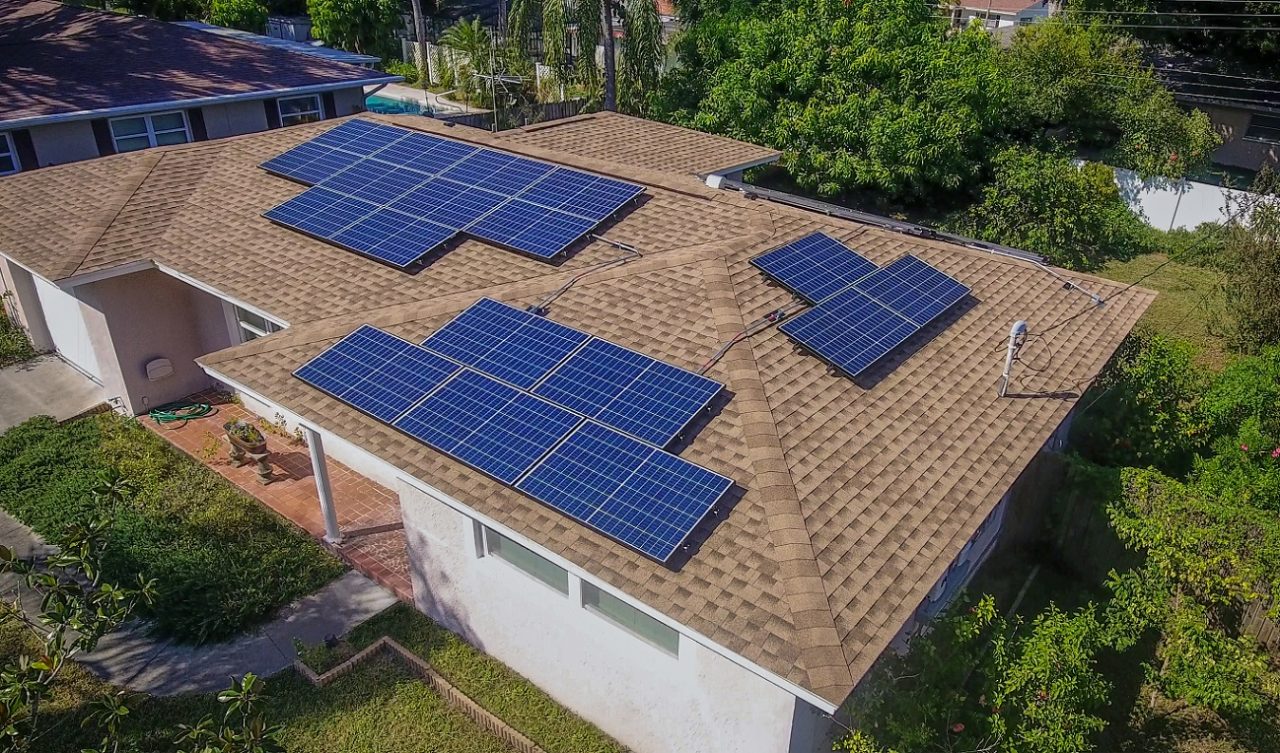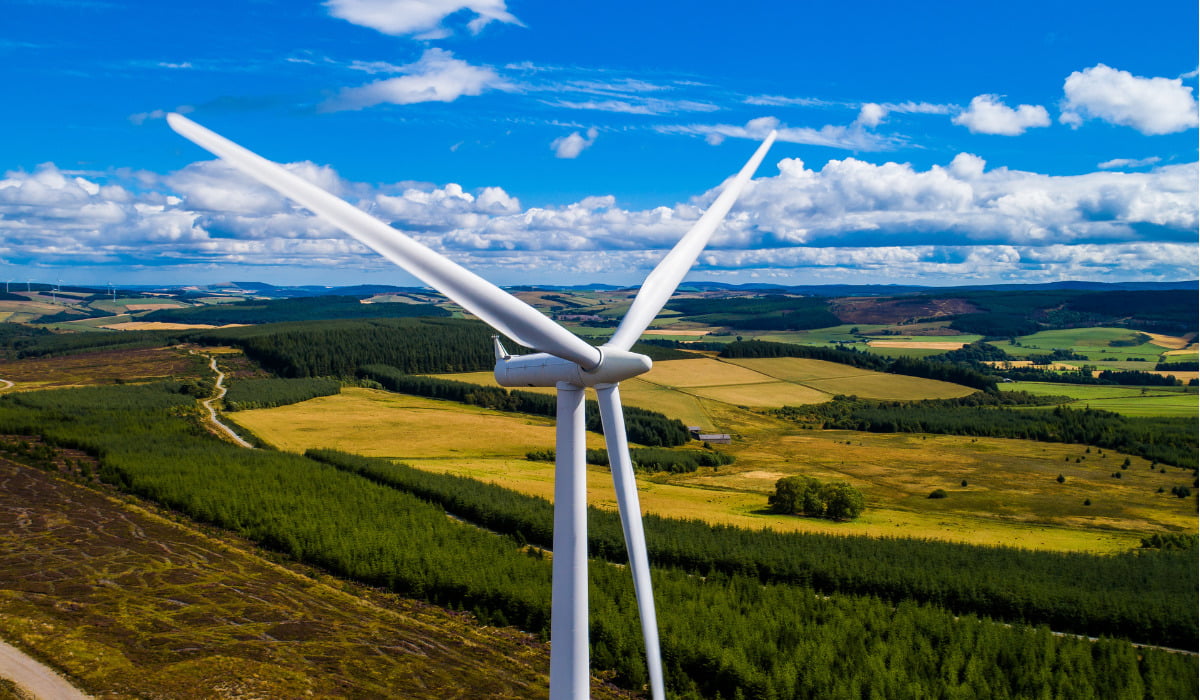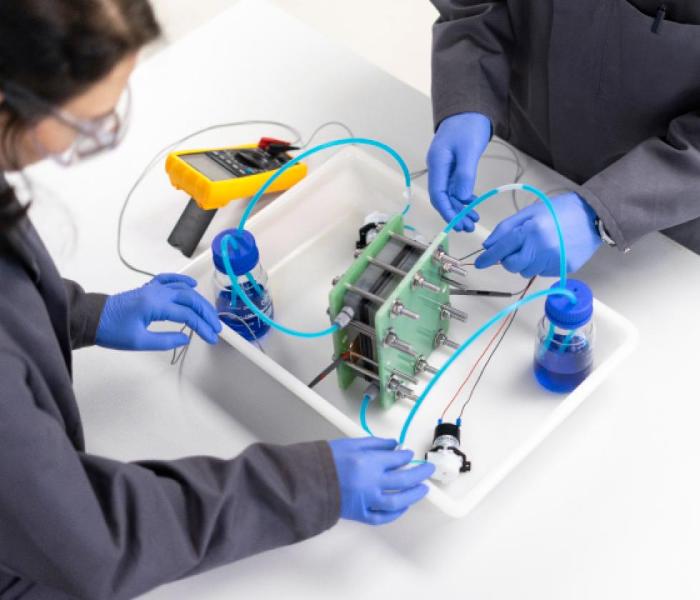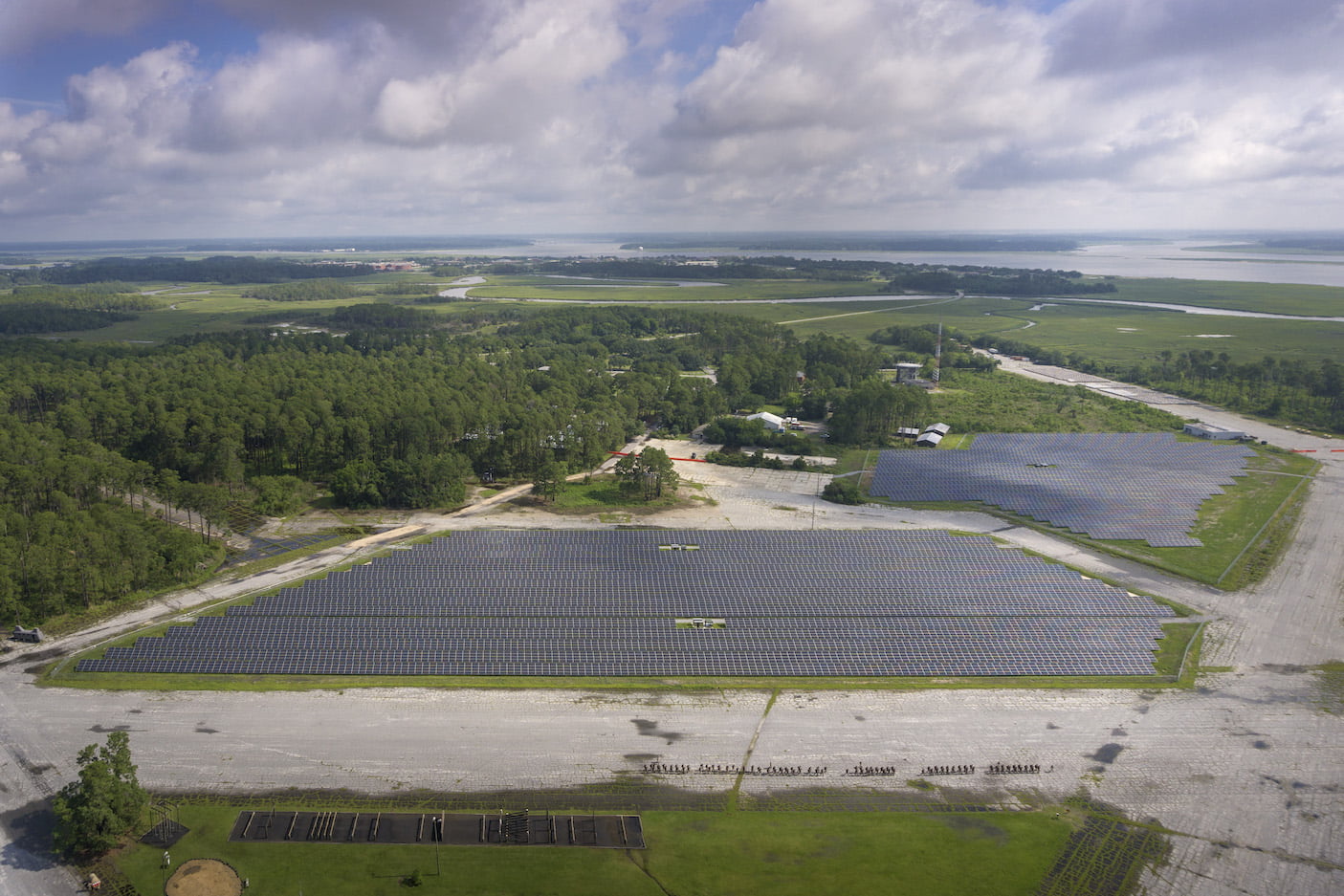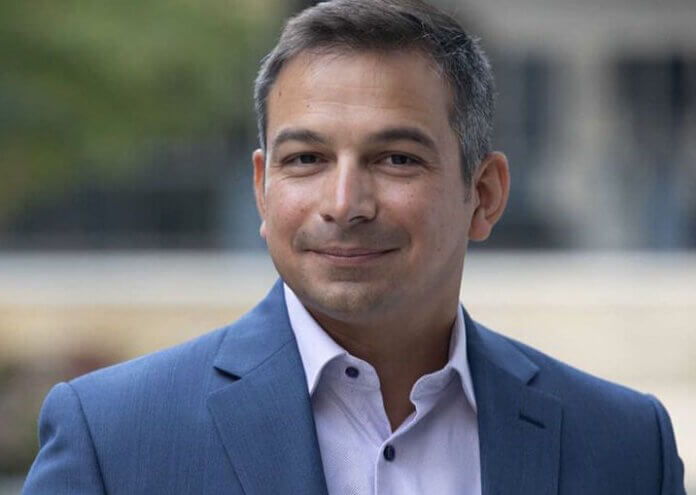Interestingly, neither project will use vanadium redox flow battery (VRFB) technology, the most common electrochemical flow battery storage tech.
Instead, one project will utilise zinc-bromine flow battery technology developed by Queensland-headquartered company Redflow, while the other will utilise iron and saltwater electrolyte flow battery tech developed by US company ESS Inc, but licensed to Australian company Energy Storage Industries – Asia-Pacific (ESI).
Crucially, both technologies will be locally made, which was a driver for the funding announcement, premier Palaszczuk said.
“If we don’t back investment in batteries in Queensland we will see investment go offshore. Our government is backing local manufacturing of batteries because that means more jobs across more regions in Queensland,” Palaszczuk said.
With each project to receive AU$12 million of government funding, the statement did not give further details about project sizes or applications. However it did reveal that preferred sites have already been identified for each, with Redflow’s in Ipswich, southwest Queensland and ESI’s on the eastern coast in Wide Bay.
The projects will be deployed by state-owned utility Energy Queensland as part of its programme to assess how battery storage can be used to help manage energy costs for consumers.
Zinc-bromine flow battery
Redflow was founded in 2005 and is now onto its third generation device, the ZBM3, which was launched in 2022. The company makes stackable 10kWh units and was known for working largely on rural microgrid and small commercial applications like telecom towers, but earlier this year was awarded a 20MWh project in California, US.
That marked a continued step up into the larger-scale segment as well as the international market which began a year or so before that with the commissioning of a 2MWh project, also in California, CEO Tim Harris told Energy-Storage.news earlier this year.
Harris said Redflow picked its zinc and bromine electrolyte chemistry due to the abundance of both elements, adding that it can also achieve higher energy and power density than vanadium or iron electrolyte flow battery makers can.
Iron flow battery
Last July, Queensland’s state government announced the start of construction at ESI’s factory to make iron electrolyte flow batteries in the city of Maryborough.
ESI said at the time that it picked ESS Inc’s iron and saltwater technology after a four year process of selection, with the factory representing AU$70 million investment. ESS Inc remains the IP holder of the technology, for which ESI is targeting 400MW annual production capacity by 2026.
As much as 80% of the materials and components could also be sourced within Queensland, ESI has said previously, while ESS Inc has claimed the strategic agreement between the two parties could result in 12GWh of deployments.
Like other flow batteries, ESS Inc claims the advantages of its technology include ability to cycle daily without degradation and scale up systems to large capacities and therefore durations of storage.
Why not vanadium?
The Queensland government is already also supporting vanadium flow battery technologies, with perhaps its biggest step being a direct involvement in developing a vanadium electrolyte processing facility in the state.
The Palaszczuk administration has set the state – historically Australia’s most coal-dependent – a target of getting to 70% renewable energy by 2030, and introduced the AU$62 billion Energy and Jobs Plan to support the energy transition.
A paper produced by consultancy Accenture for the state government found that Queensland’s battery industry could create up to AU$1.3 billion in economic activity and over 9,000 jobs by 2030, as well as being ripe for battery storage deployment within the state itself.
Moreover, the report found that while Queensland could have good opportunities for increased involvement in the dominant lithium-ion battery market, it is in the currently more niche flow battery space that the state could hold the most competitive advantages. That includes the fact that around 30% of the world’s vanadium reserves are thought to be in Queensland.
The government recently also gave its support to a VRFB trial project by Vecco Group, another Queensland-headquartered company which has built an electrolyte production facility in the state. Vecco Group ordered a 250kW/750kW (3-hour duration) system from Japanese manufacturer Sumitomo Electric. It will be used to assess how energy storage can be used on the distribution network of Energy Queensland subsidiary Energex.
Continue reading



